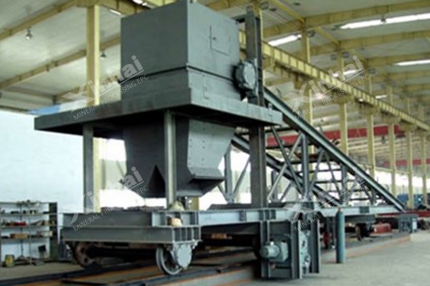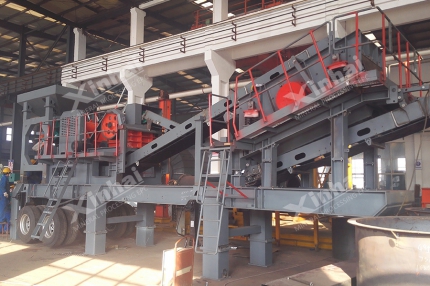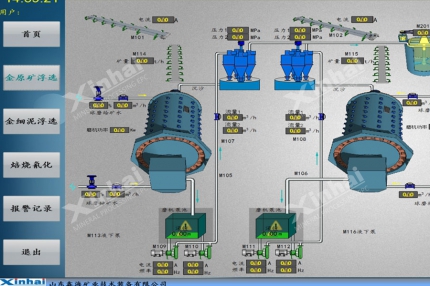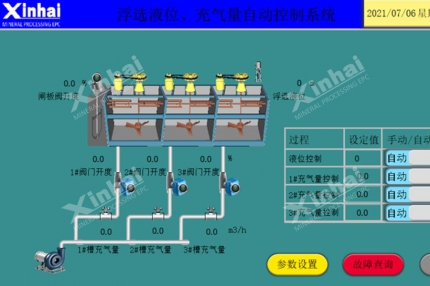Zirconium ore primarily refers to zircon (ZrSiO₄) and baddeleyite (ZrO₂), which are the primary sources of zirconium. Zirconium is known for its high-temperature resistance, corrosion resistance, and mechanical strength. Its downstream applications span the nuclear industry, ceramics, refractories, foundry, electronics, and chemicals, with demand particularly growing for high-performance ceramics and zirconium-based alloys.
How, then, is this metal extracted from its ore? This article will provide an in-depth understanding of zirconium ore mining methods and beneficiation processes, exploring the value chain of this often-overlooked critical metal.
Use the table of contents below to navigate through the guide:
01How Is Zircon Mined?
Zirconium ore mining is primarily conducted through two methods: placer mining and rock mining. Placer mining is currently the most widely used method of mining. Placer mining typically involves open-pit and dry mining techniques.
Open-pit mining is suitable for shallow, continuous, and relatively stable zircon sand deposits (such as coastal and alluvial placers). It employs strip mining (involving the use of mechanical scrapers, loaders, and other equipment to advance along the ore belt) or suction mining (using underwater pumping vessels).
These methods offer advantages, including high recovery rates, low cost, ease of large-scale continuous operation, and environmental control (which can be combined with tailings backfill and ecological restoration).

Dry mining, on the other hand, is suitable for shallow, flat-lying deposits with low groundwater levels. It typically uses equipment such as bulldozers and excavators. Its advantages include simple process flow, high mobility, and low initial investment, making it suitable for small and medium-sized mines.
Plate-type zircon ores (such as baddeleyite) are primarily mined using traditional open-pit or underground mining methods. These methods are suitable for ore bodies hosted in igneous rocks. The process is similar to that used for metallic mining (drilling and blasting, shovelling, and transportation). While dry mining offers high-grade ore resources, it also requires high mining costs, technical expertise and infrastructure.
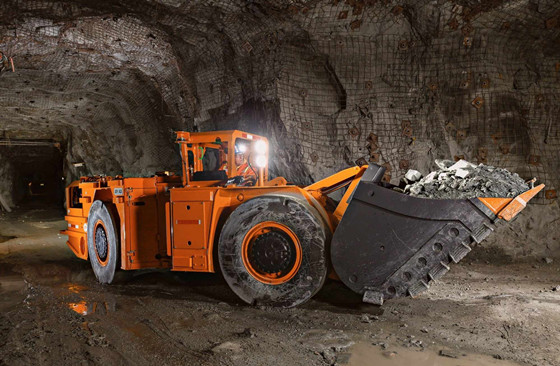
02How To Extract Zirconium From Zircon?
Zircon ore often occurs as a placer with a coarse distribution, typically containing a variety of minerals, including quartz, feldspar, monazite, rutile, and ilmenite. Because these gangue and associated minerals differ markedly from zircon in density, electrical conductivity, magnetic properties, and surface properties, a combination of gravity separation, flotation, magnetic separation, and electrostatic separation is often employed during the beneficiation process to achieve efficient recovery and high-purity extraction.
The basic zircon beneficiation process: ore → screening (to remove oversize material and slimes) → roughing (gravity separation) → concentrating (a combination of magnetic separation, electrostatic separation, and flotation) → zirconium concentrate.
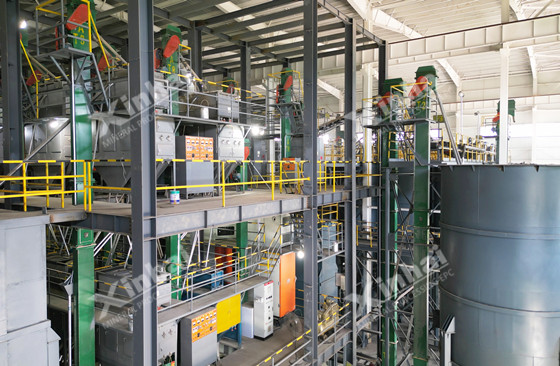
Zirconium Beneficiation Process
Gravity separation is one of the basic methods for zircon beneficiation. It utilizes differences in mineral density (zircon density is approximately 4.6–4.7 g/cm³, while quartz density is only approximately 2.6 g/cm³) to achieve stratified separation using gravity equipment. Using a shaker table, spiral chute, or jig can effectively separate heavy minerals (e.g., zircon) from lighter gangue minerals (e.g., quartz and feldspar).

2. Zircon Flotation
Flotation is primarily used to remove silicate, clay, or phosphate impurities from zircon, playing a crucial role in extracting high-purity zircon. By modifying the surface chemistry and wettability of the minerals, the target mineral and impurity minerals are separated in the froth.
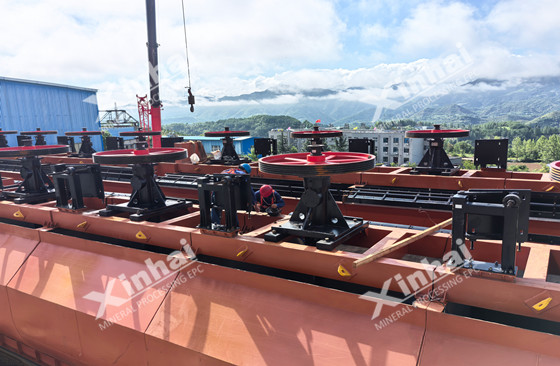
3. Zircon Magnetic Separation
Zircon is typically non-magnetic, while associated minerals such as ilmenite and magnetite are strongly magnetic. Therefore, magnetic separation is essential for the purification process. Magnetic separation utilizes differences in the magnetic properties of minerals for separation. Both dry and wet magnetic separation methods can be used, with wet magnetic separation being particularly suitable for the separation of fine-grained zircon ores.
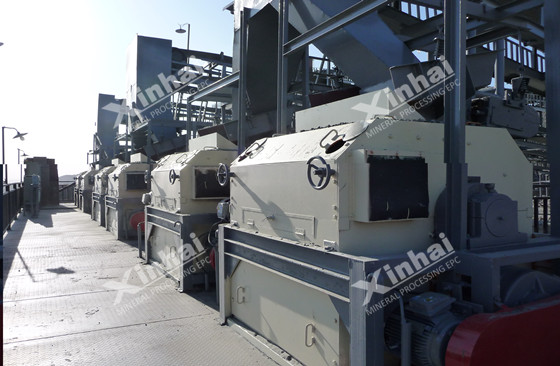
4. Zircon Electrostatic Separation
Electrostatic separation utilizes differences in electrical conductivity among minerals. It is an ideal separation method for minerals such as zircon, rutile, and monazite. Before electrostatic separation, desludging, classification, drying, and chemical addition are typically required.
In actual zircon beneficiation, multiple process paths, including gravity separation, flotation, magnetic separation, and electrostatic separation, are often combined to efficiently extract the target minerals and produce zircon concentrates that are more suitable for various industries, such as nuclear energy, ceramics, and metallurgy.
03Xinhai Zirconium Ore Beneficiation Case
In zirconium ore mining and beneficiation, Xinhai Minerals has undertaken numerous projects, including zircon and zircon-titanium projects in Guangxi, Hainan, Guangdong, Jiangsu, and Mozambique. Instead of a "one-size-fits-all" approach, projects require a beneficiation process tailored to the ore properties and product requirements—making Xinhai mining a trusted partner in numerous zirconium ore projects worldwide. Contact us for customised beneficiation solutions and equipment to maximise efficiency and recovery.
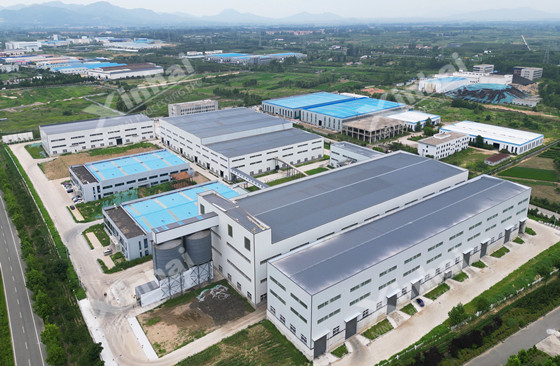
(Shandong Zircon-Titanium Project)
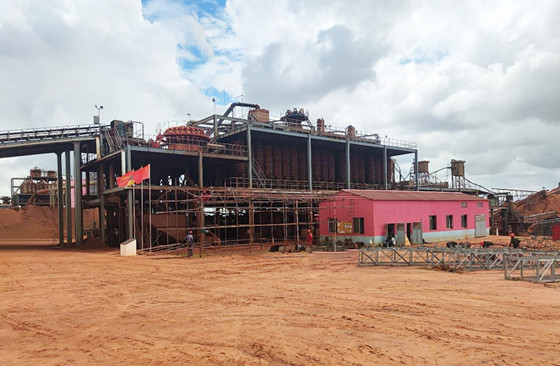
(Mozambique Zircon-Titanium Project)
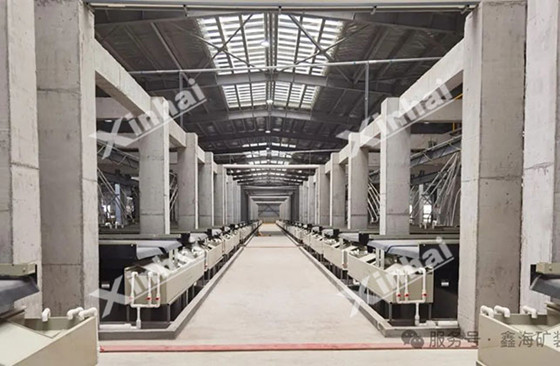
(Guangxi Titanium Project)


 marketing@ytxinhai.com
marketing@ytxinhai.com  0086 13810327080
0086 13810327080 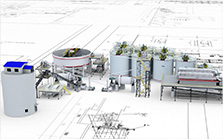
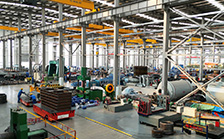
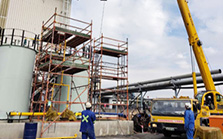
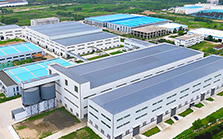

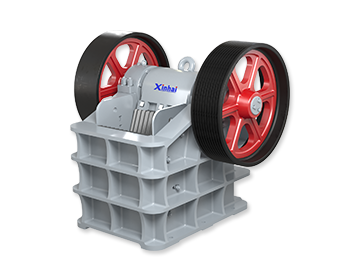
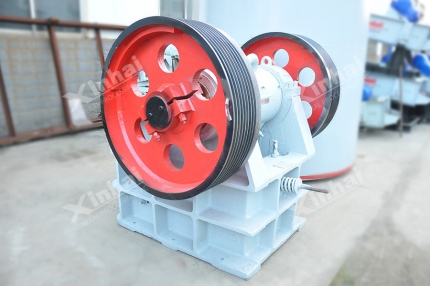

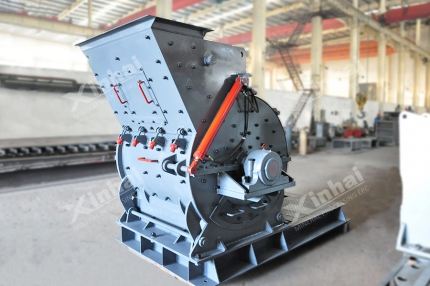
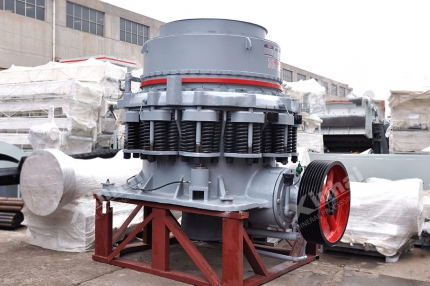
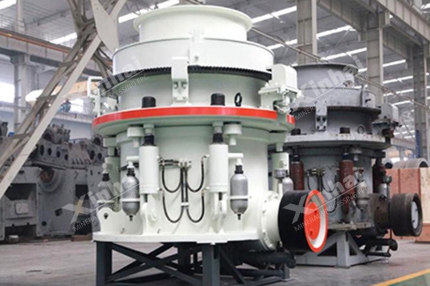
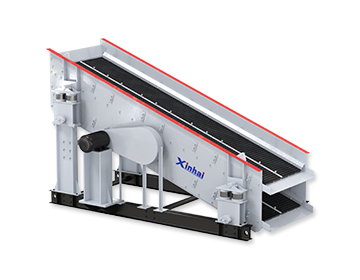
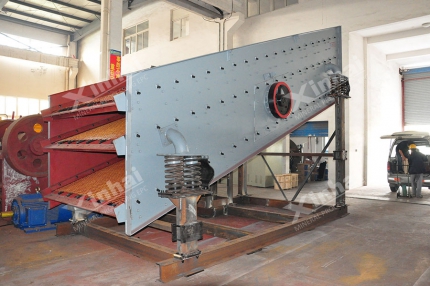
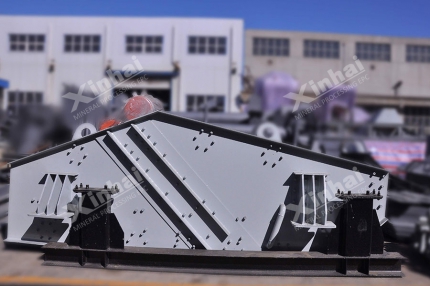
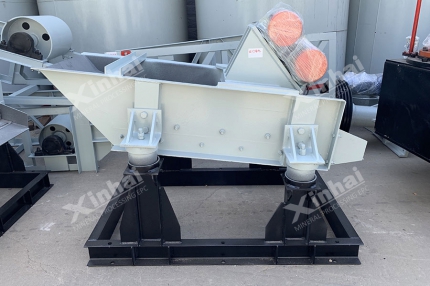
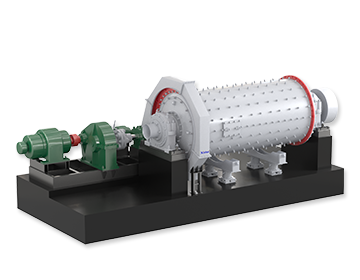
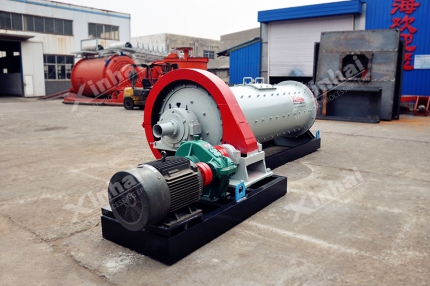
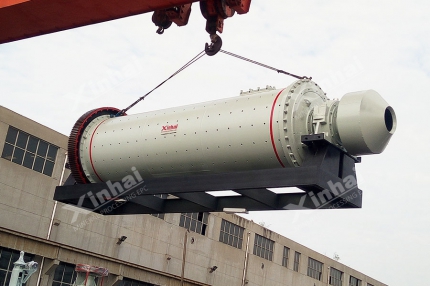
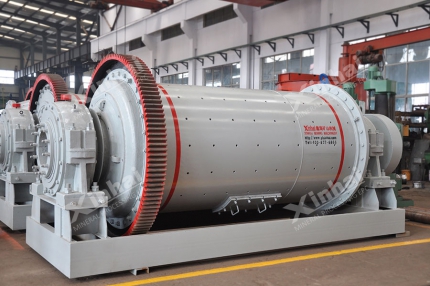

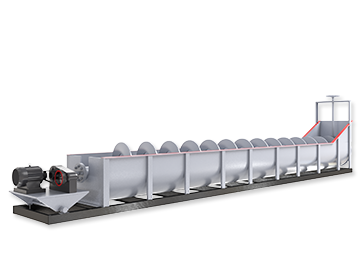
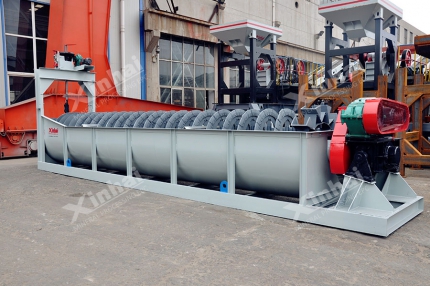

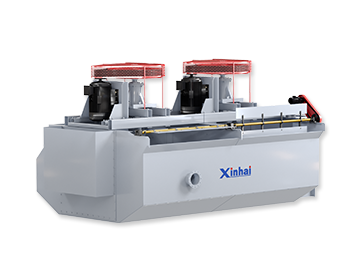
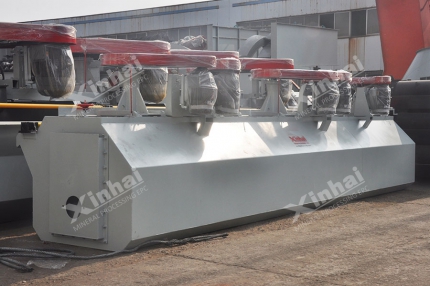
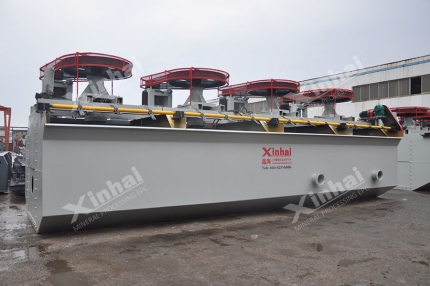
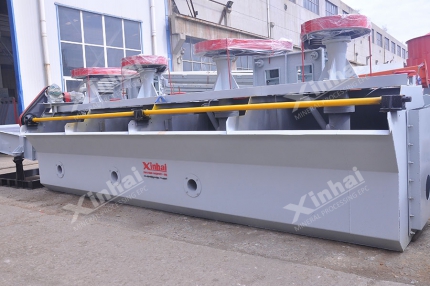
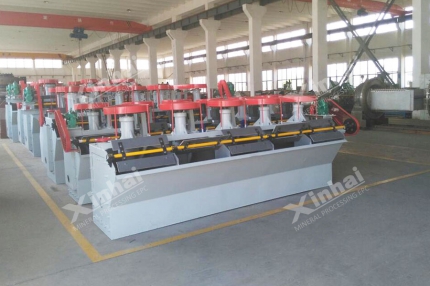
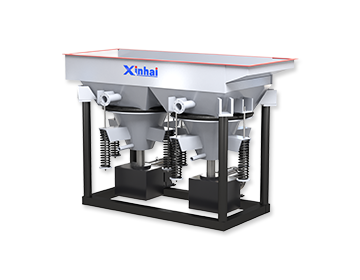
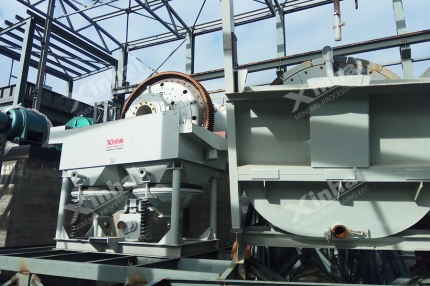
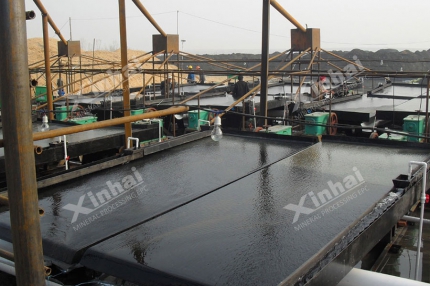
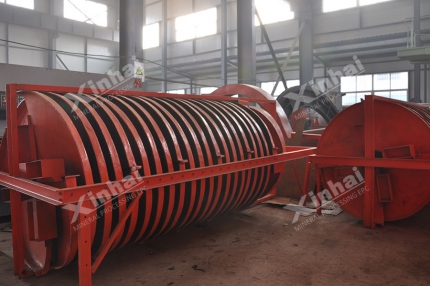
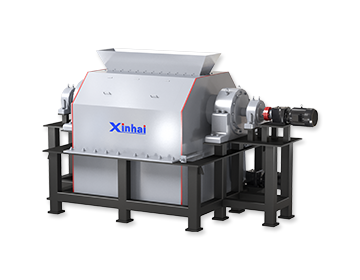
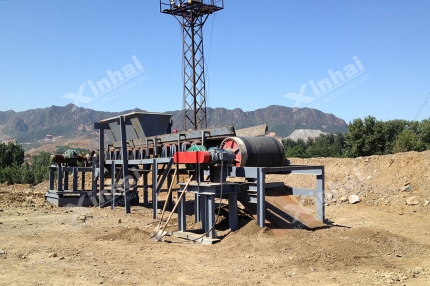
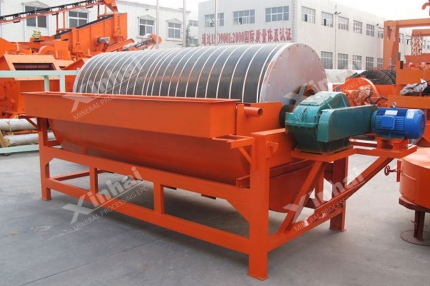
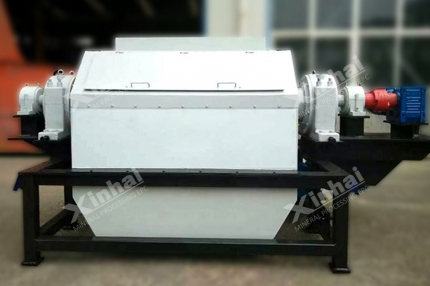
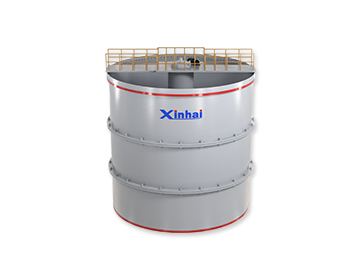
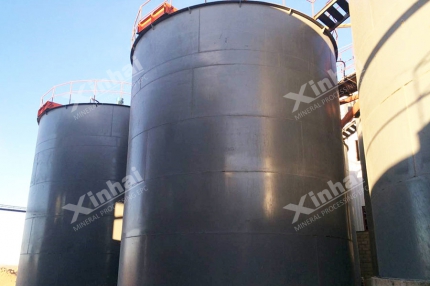
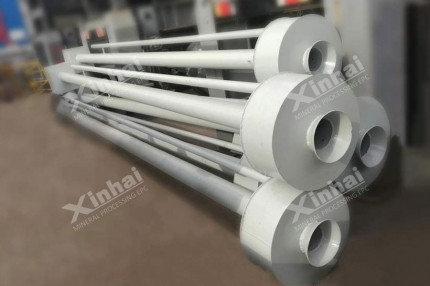
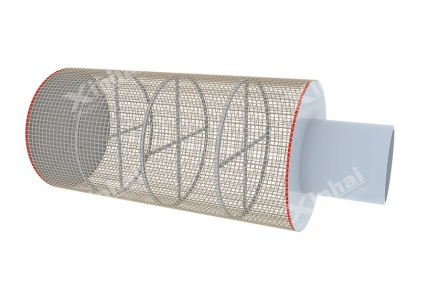
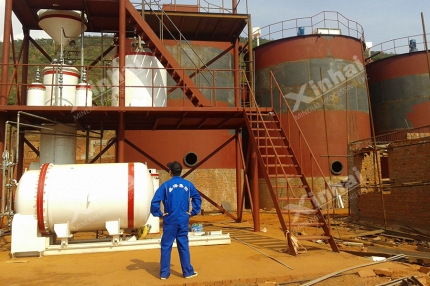
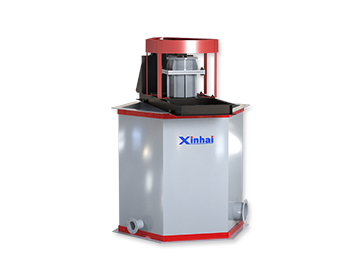
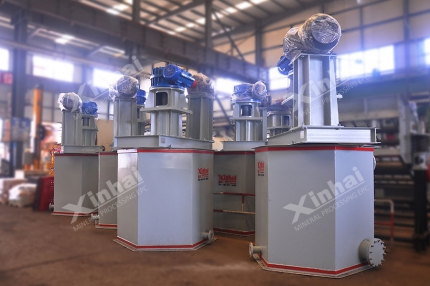
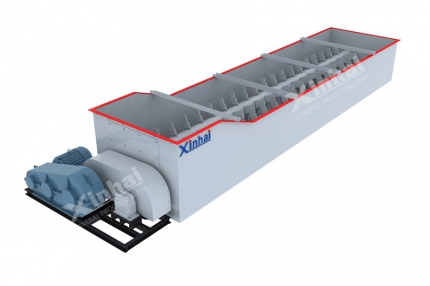
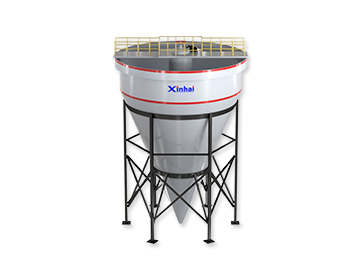
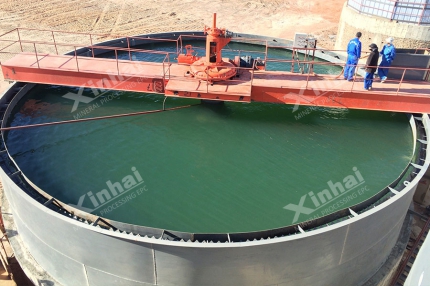
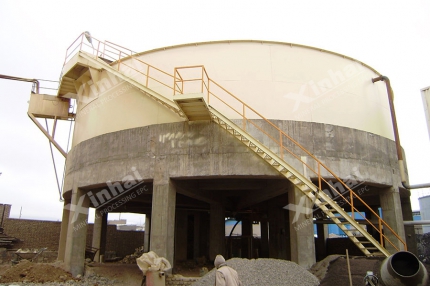
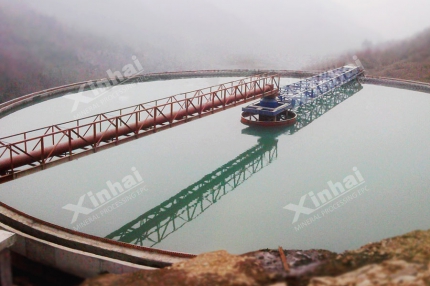
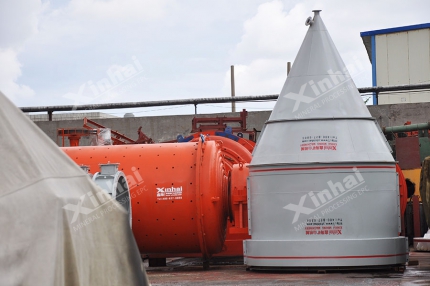
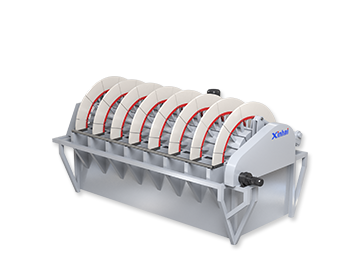
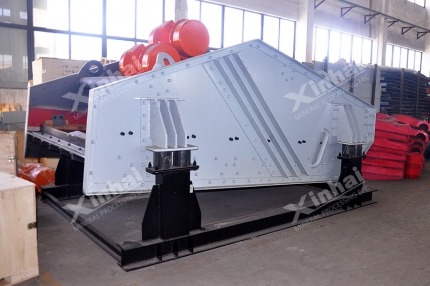
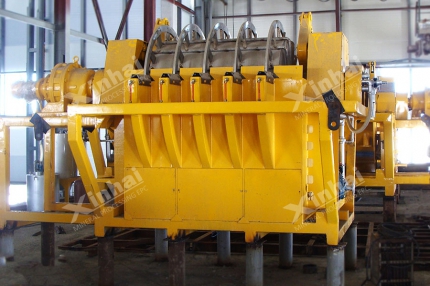
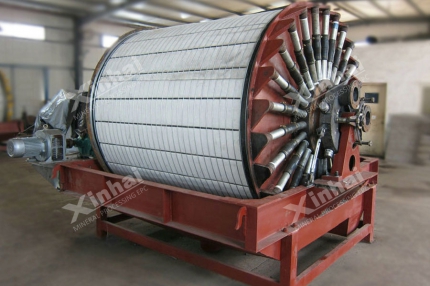
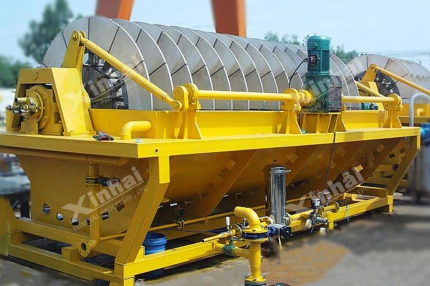
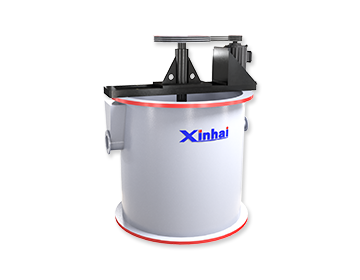
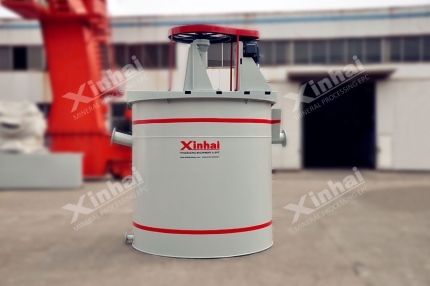
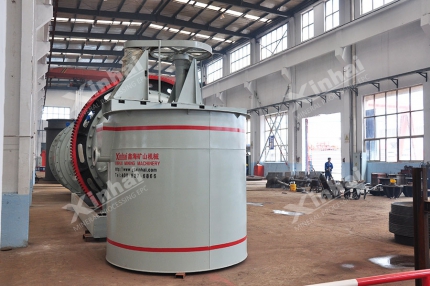

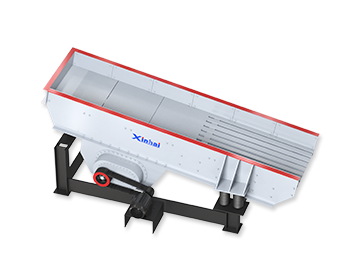
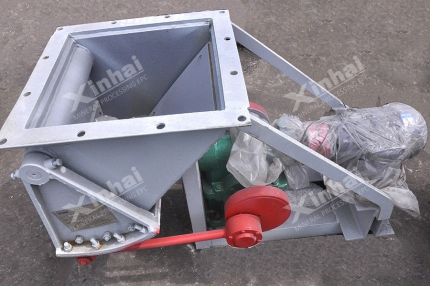
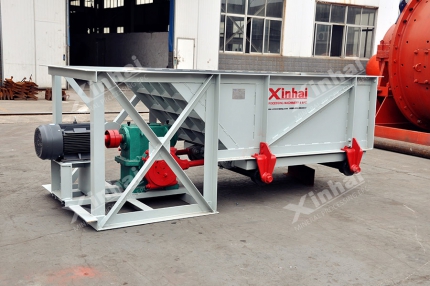
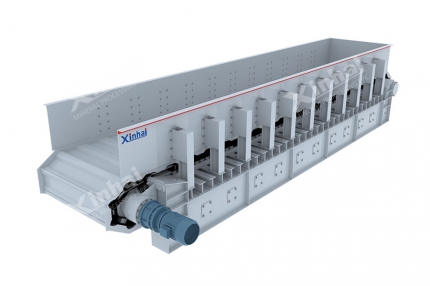
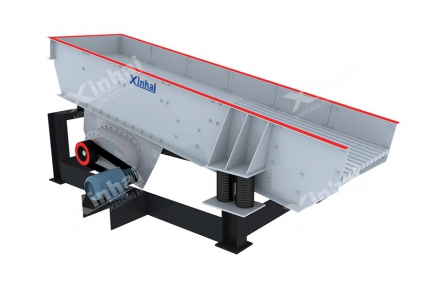
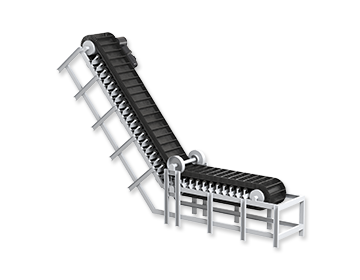


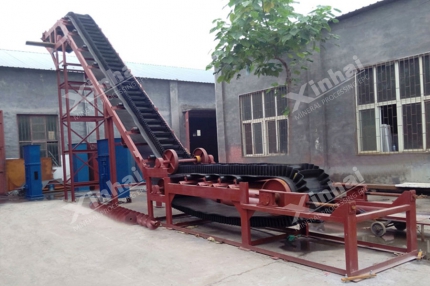
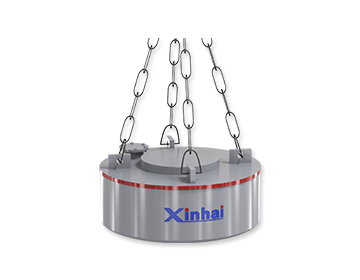
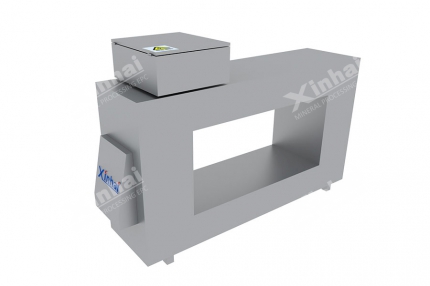
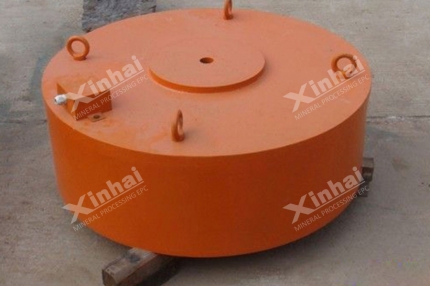
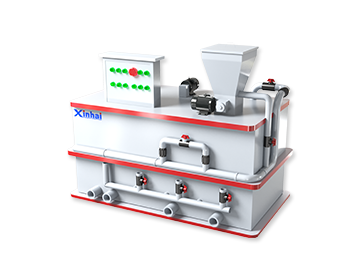
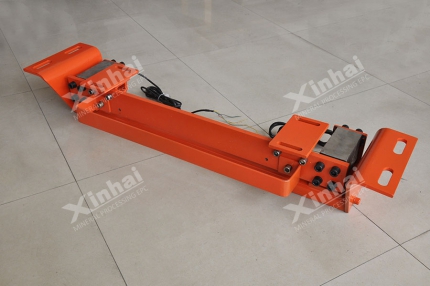
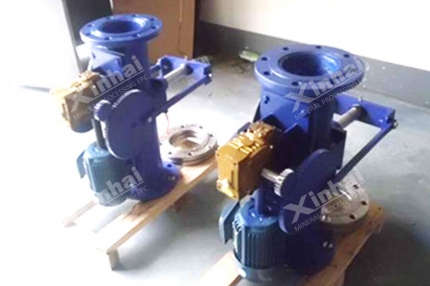
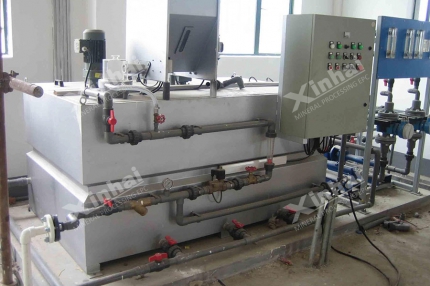
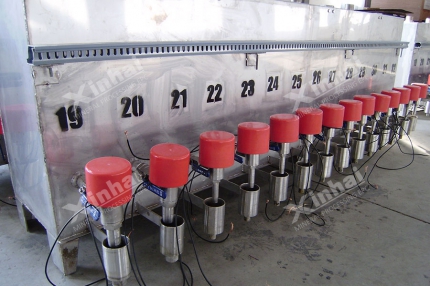
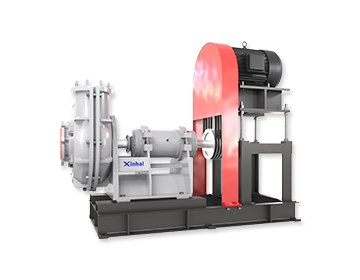
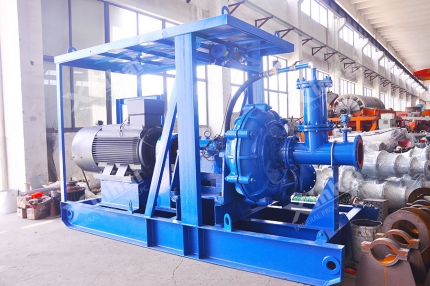

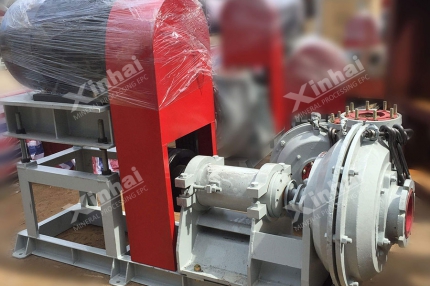
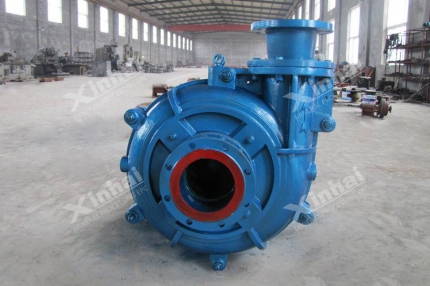
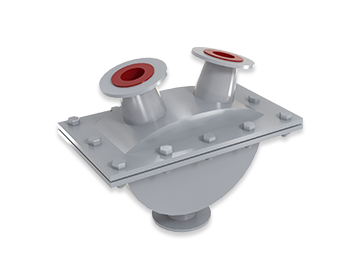
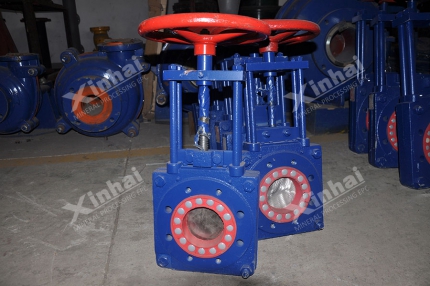
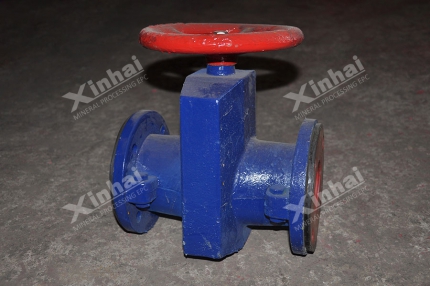

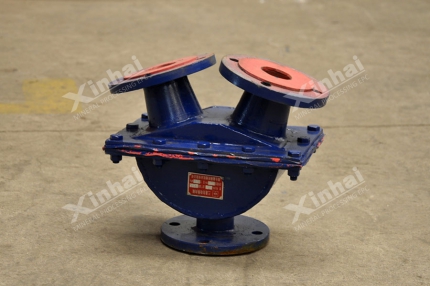
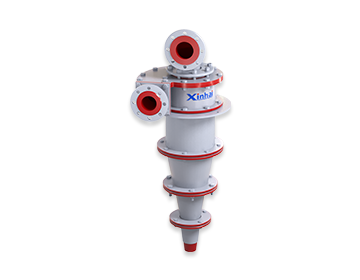

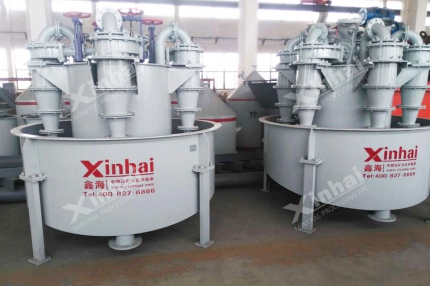
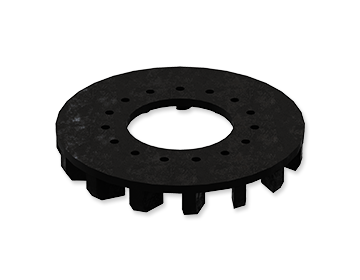
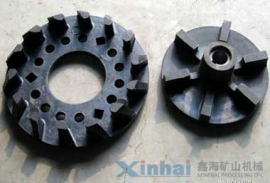
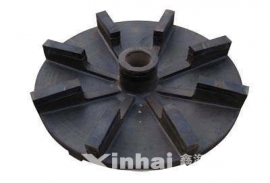
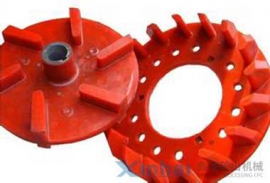
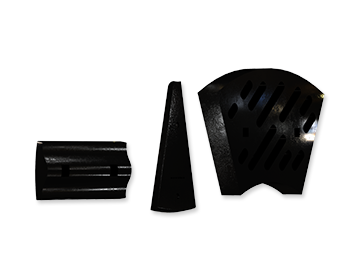
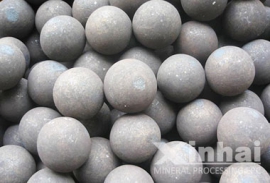

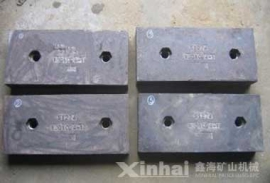

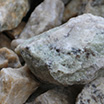
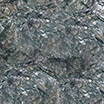
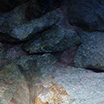
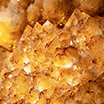


 CHAT
CHAT MESSAGE
MESSAGE








